Literary rating: ★★★★
Kick-butt quotient: ☆☆☆☆

 One of the common problems I’ve found with fantasy novels is establishing the universe. It’s clearly going to be very different from the reader’s, and the author needs to get them up to speed on how things work in the book’s setting. If this isn’t done quickly and effectively, the reader can be left floundering in a world they know nothing about. Robinson uses a neat trick to get around this. His heroine, Loren, basically knows nothing about it either, because she has been brought up in a remote rural area. Virtually all she knows about life outside the woods comes from tales told to her by an itinerant tinker, and her dreams of becoming a heroic thief seem no more than fantasies.
One of the common problems I’ve found with fantasy novels is establishing the universe. It’s clearly going to be very different from the reader’s, and the author needs to get them up to speed on how things work in the book’s setting. If this isn’t done quickly and effectively, the reader can be left floundering in a world they know nothing about. Robinson uses a neat trick to get around this. His heroine, Loren, basically knows nothing about it either, because she has been brought up in a remote rural area. Virtually all she knows about life outside the woods comes from tales told to her by an itinerant tinker, and her dreams of becoming a heroic thief seem no more than fantasies.
That all changes when she encounters a fugitive, Xian the mage. Fed up with her life – and given the severely abusive parents, it’s hard to blame her – she throws her lot in with him. That’s how everything starts: as she discovers the world around her has a lot more to offer than household drudgery and arranged marriages, so do we. She has a couple of advantages over the usual runaway: she’s “country strong” having been brought up to hunt, providing her with a skill-set which will putt her in good stead to hold her own in a more urban environment. And on her departure, she takes a dagger, a family heirloom of sorts, which for some reason, strikes fear into the subset of those she encounters, who recognize it.
Loren is, perhaps, a little too well-prepared occasionally: while I can see how running and climbing trees would translate into parkour-like city skills, her adeptness at picking locks was a little eyebrow-raising. However, this ia a relatively minor issue, and more than outweighed by the strengths of Robinson’s writing. He draws a world which is easy to imagine in your mind’s eye, populated by a range of memorable characters. I appreciated the almost total lack of the near-compulsory romantic angles, and that Loren is far from the only strong woman to be found in these pages. Already, we have met Auntie, the shape-shifting mage who runs the underworld in the city of Cabrus, and Damaris, a scarily well-connected smuggler who helps Loren, yet appears to have her own agenda.
As the introductory book to a six-volume series, there is rather less than a complete story told here, though neither is there one of those oh-so annoying cliffhangers. There are instead questions, which will presumably be answered down the road. Where did Loren’s blade come from? What is its significance? What about the mysterious gems Damaris is smuggling? And who is Jordel, the man who is also after Xian, yet seems to keep encountering and assisting our heroine? I was left feeling fulfilled by what I had read, yet also wanting more, and that’s a combination which is not as frequently found as you’d expect.
Author: Garrett Robinson
Publisher: Legacy Books, available through Amazon, both as an e-book and a paperback
Book 1 of 6 in The Nightblade Epic series.





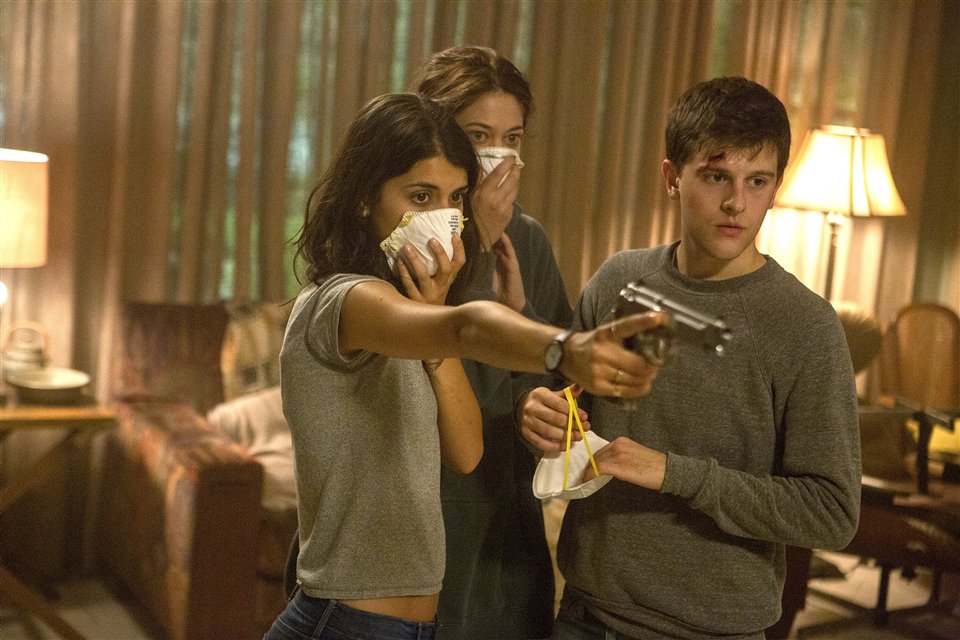 From there, the siblings’ safe, stable world disintegrates rapidly. Mom is stuck at the airport, and when Dad goes to try and find her, he doesn’t come back. Matters escalate after Stacey drags the reluctant Emma to a particularly ill-advised house party [Maybe it’s just me, but in the event of any communicable epidemic breaking out, I would not exactly be attending social gatherings], where they get to see the effects of the illness first hand. Scurrying back to the sanctuary of their home, and hot local kid Evan (Tope), the sisters are thrust back on their own resources, as martial law is declared and the area comes under strict quarantine. This means fending off not only the infected; the military, too, pose a threat to what remains of the family.
From there, the siblings’ safe, stable world disintegrates rapidly. Mom is stuck at the airport, and when Dad goes to try and find her, he doesn’t come back. Matters escalate after Stacey drags the reluctant Emma to a particularly ill-advised house party [Maybe it’s just me, but in the event of any communicable epidemic breaking out, I would not exactly be attending social gatherings], where they get to see the effects of the illness first hand. Scurrying back to the sanctuary of their home, and hot local kid Evan (Tope), the sisters are thrust back on their own resources, as martial law is declared and the area comes under strict quarantine. This means fending off not only the infected; the military, too, pose a threat to what remains of the family.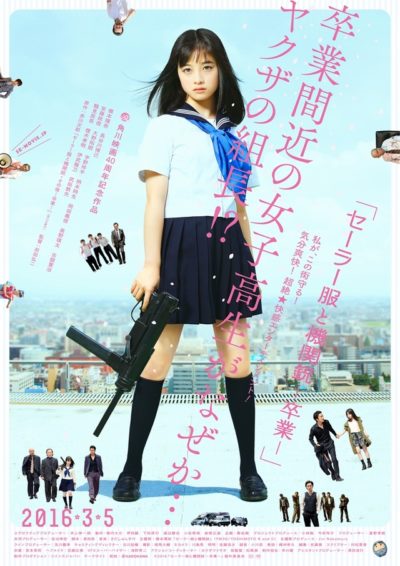
 Disease has wiped out most of civilization, and left those who have survived, scrambling to cope. Better equipped than most are sisters Jenny (Rothe), Sarah (Winters) and silent little Danika (Jones). For their father was a doomsday prepper, who created a “bug out” cabin in the desert, stocked with all the necessities to survive. However, neither he nor their mother are around any longer: the former died during the crisis, and the latter went out to seek help and never returned. So it’s all down to the sisters, who have been reminded about the golden rule, time and again, by their Dad: do not let anyone in, under any circumstances.
Disease has wiped out most of civilization, and left those who have survived, scrambling to cope. Better equipped than most are sisters Jenny (Rothe), Sarah (Winters) and silent little Danika (Jones). For their father was a doomsday prepper, who created a “bug out” cabin in the desert, stocked with all the necessities to survive. However, neither he nor their mother are around any longer: the former died during the crisis, and the latter went out to seek help and never returned. So it’s all down to the sisters, who have been reminded about the golden rule, time and again, by their Dad: do not let anyone in, under any circumstances.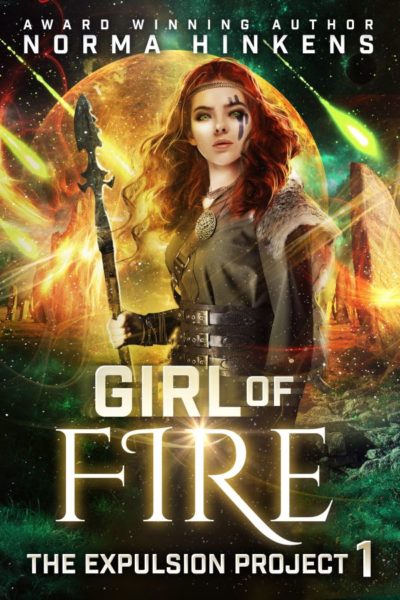 You might be forgiven for expecting something Hunger Games-like, given Katniss was referred to frequently as the “girl
You might be forgiven for expecting something Hunger Games-like, given Katniss was referred to frequently as the “girl 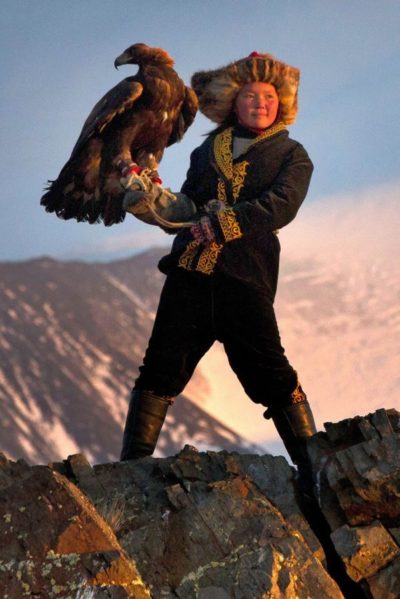
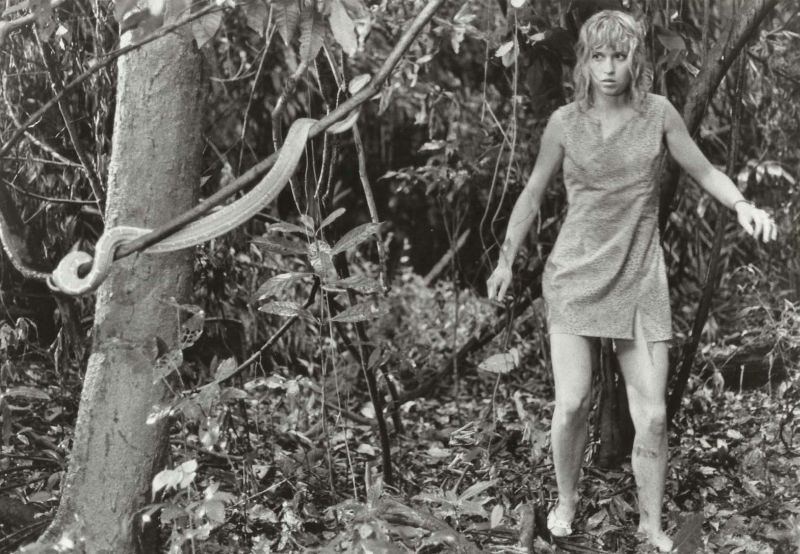 ★★½
★★½ Admittedly, Juliane Koepcke was not your average teenager. Indeed, she could hardly have been better prepared for her ordeal. Her family moved to a research station in the Peruvian rainforest when she was 14, so her father, zoologist Hans-Wilhelm Koepcke, could continue his work. Juliane was initially home-schooled, and the curriculum covered much more than the traditional three R’s.
Admittedly, Juliane Koepcke was not your average teenager. Indeed, she could hardly have been better prepared for her ordeal. Her family moved to a research station in the Peruvian rainforest when she was 14, so her father, zoologist Hans-Wilhelm Koepcke, could continue his work. Juliane was initially home-schooled, and the curriculum covered much more than the traditional three R’s.  The authorities hadn’t been able to locate the crash site, but with Juliane’s help, they found it, and her mother’s body was eventually recovered on January 12, more than three weeks later. The
The authorities hadn’t been able to locate the crash site, but with Juliane’s help, they found it, and her mother’s body was eventually recovered on January 12, more than three weeks later. The 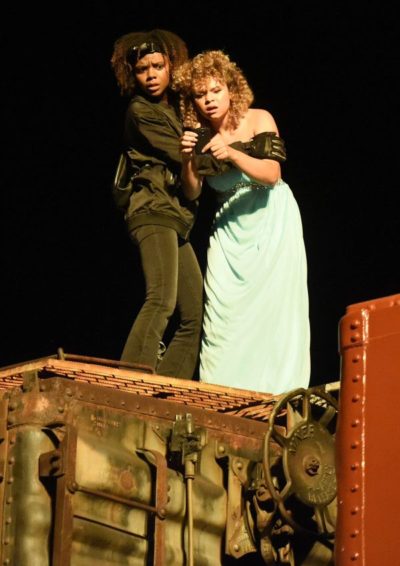 After their mother has a meltdown at her job and ends up in jail: teenage sisters Deidra (Murray) and Laney (Crow, somewhat infamous for her post-elimination meltdown on The X Factor) are left to fend for themselves. With household bills piling up – never mind trying to fund Mom’s bail, or even Deidra’s long dreamed-of college tuition – and Child Protective Services looming, things look bleak. But a visit to deadbeat Dad Chet (Sullivan, channeling David Spade), who works for a railway company, gives Deidra an idea. Hop aboard the freight trains that run by the back of their house, pop open a container to take some goods, and fence them on for cash. Things go surprisingly well, until a disgruntled railroad cop, Truman (Nelson), starts to close in on the pair, intent on rebuilding his reputation after an incident in Arizona.
After their mother has a meltdown at her job and ends up in jail: teenage sisters Deidra (Murray) and Laney (Crow, somewhat infamous for her post-elimination meltdown on The X Factor) are left to fend for themselves. With household bills piling up – never mind trying to fund Mom’s bail, or even Deidra’s long dreamed-of college tuition – and Child Protective Services looming, things look bleak. But a visit to deadbeat Dad Chet (Sullivan, channeling David Spade), who works for a railway company, gives Deidra an idea. Hop aboard the freight trains that run by the back of their house, pop open a container to take some goods, and fence them on for cash. Things go surprisingly well, until a disgruntled railroad cop, Truman (Nelson), starts to close in on the pair, intent on rebuilding his reputation after an incident in Arizona. If you want something more cerebral and family friendly than
If you want something more cerebral and family friendly than